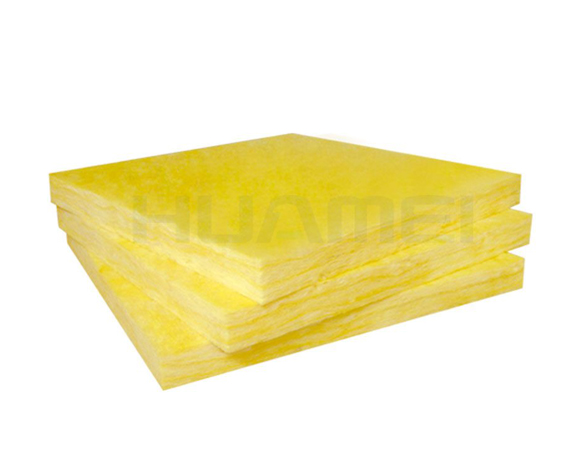E-mail: marketing@hbhuamei.com
Glass wool is made from fibreglass, which is layered and arranged to produce a similar texture to that of wool. The way it's made is a bit like the way fairy floss is spun; molten liquid glass made from sand and recycled glass products is pulled through a superfine mesh by centrifugal force, and the tiny strands dry and cool on contact with air. The individual fibres are held together with a binding agent, which helps to hold glass wool together and give it strength. Once it's made, glass wool is cut to size and packed in either rolls or panels (also called 'batts') for transport.
The fibres in glass wool work to trap air between them and stop airflow. Heat passing through the fibres therefore can't penetrate very, far as the material itself does not conduct heat very well and the air pockets it contains are isolated from each other. The more compressed the batts are, the less resistant to heat they become, as they will not trap air as effectively.
Glass wool batts vary in effectiveness depending on how they're made and how dense the final product is. For the sake of convenience and common sense, glass wool's R-value is typically provided as an overall value for a particular batt or product.
Glass wool batts can help to reduce the transmission of sound, especially between walls, but their low density allows for more sound to travel through than heavier forms of insulation. The Rw value for glass wool can range between 25-40, so if soundproofing is important, you will need to look for higher-rated batts or another insulation method.

Glass wool insulation is supplied in batts - large, thick strips of glass wool insulation which are laid down in wall and ceiling cavities to fill up the air spaces between the inner and outer wall. DIY installation is possible, but fibreglass can give off particles that can be harmful if they're breathed in, so wearing a dust mask will be necessary. Skin contact can also cause irritating itchiness so gloves are recommended. In most cases, it's wise to hire a professional installer.
The cost of glass wool for your home will vary, depending on the brand you choose and the area to be covered - although this type of insulation is comparatively cheap. It doesn’t require specialised installation, though professional installation is such a low cost it may as well be factored into the end price anyway to save you some hassle and to ensure a professional result.
While the R-value for individual glass wool batts is relatively low when compared to other types of insulation, it is possible to simply double up on batts to effectively double the R-value. When laying the additional batts, make sure that they are laid perpendicular to each other to get maximum performance results.
Copyright © Huamei Energy-saving Technology Group Co., Ltd. All Rights Reserved | Sitemap | Privacy Policy
Insulation solutions LIST: Insulation solutions LIST